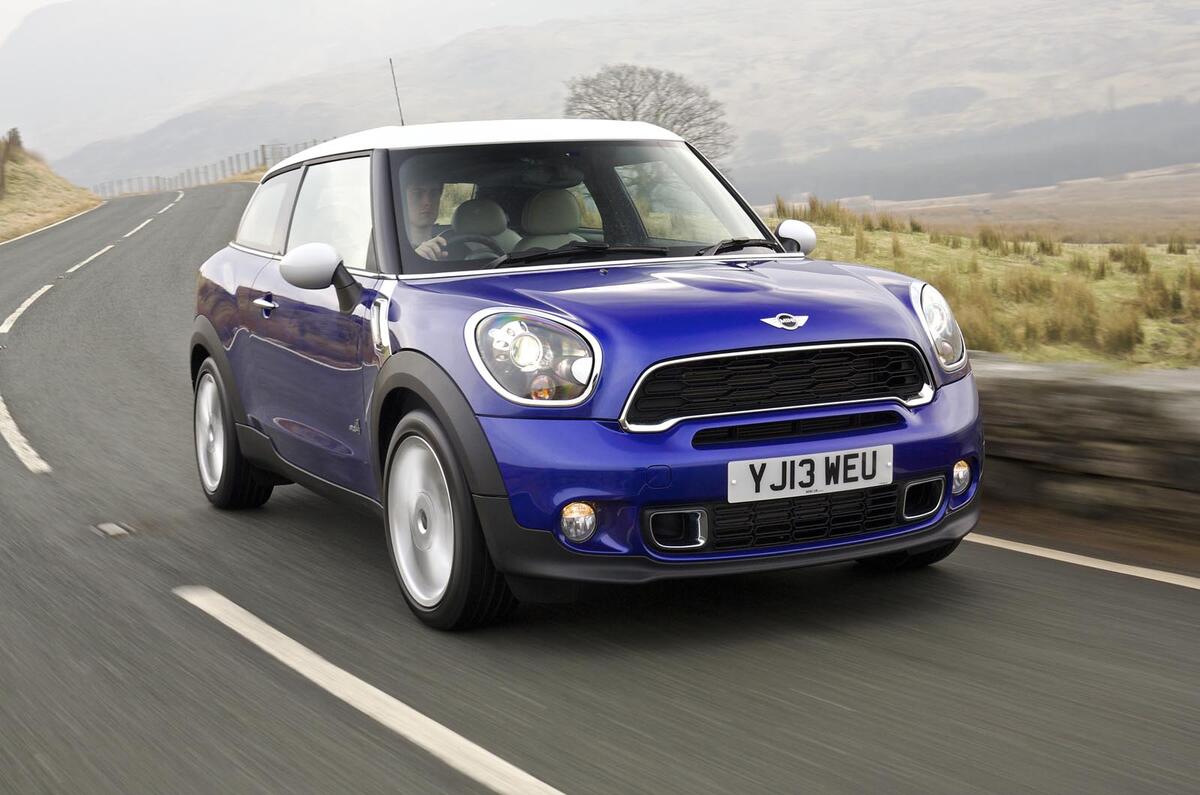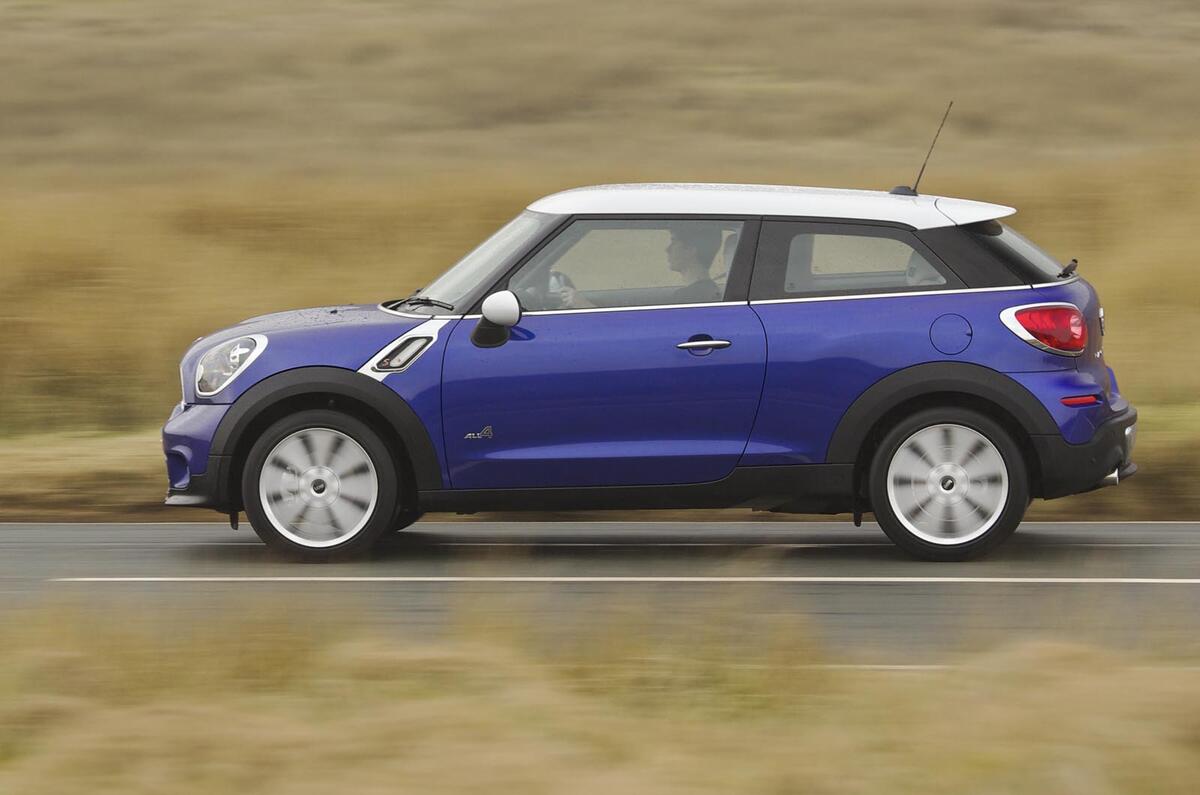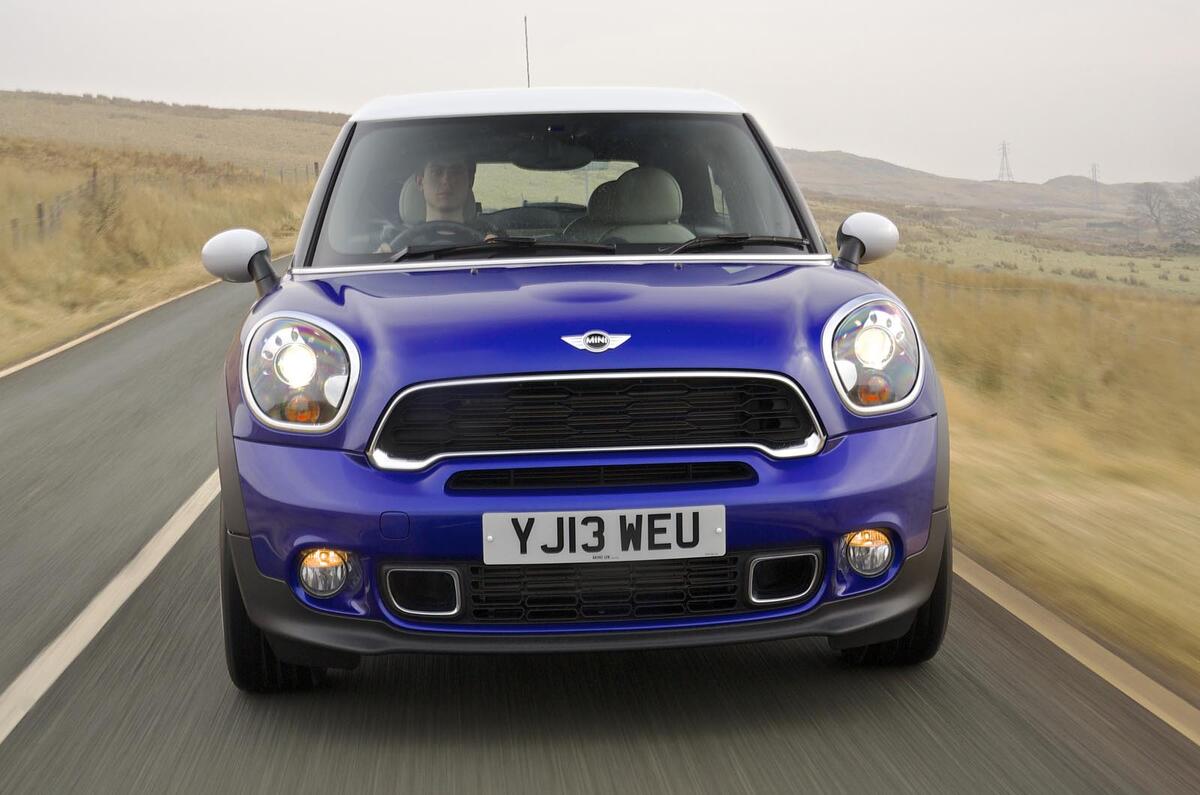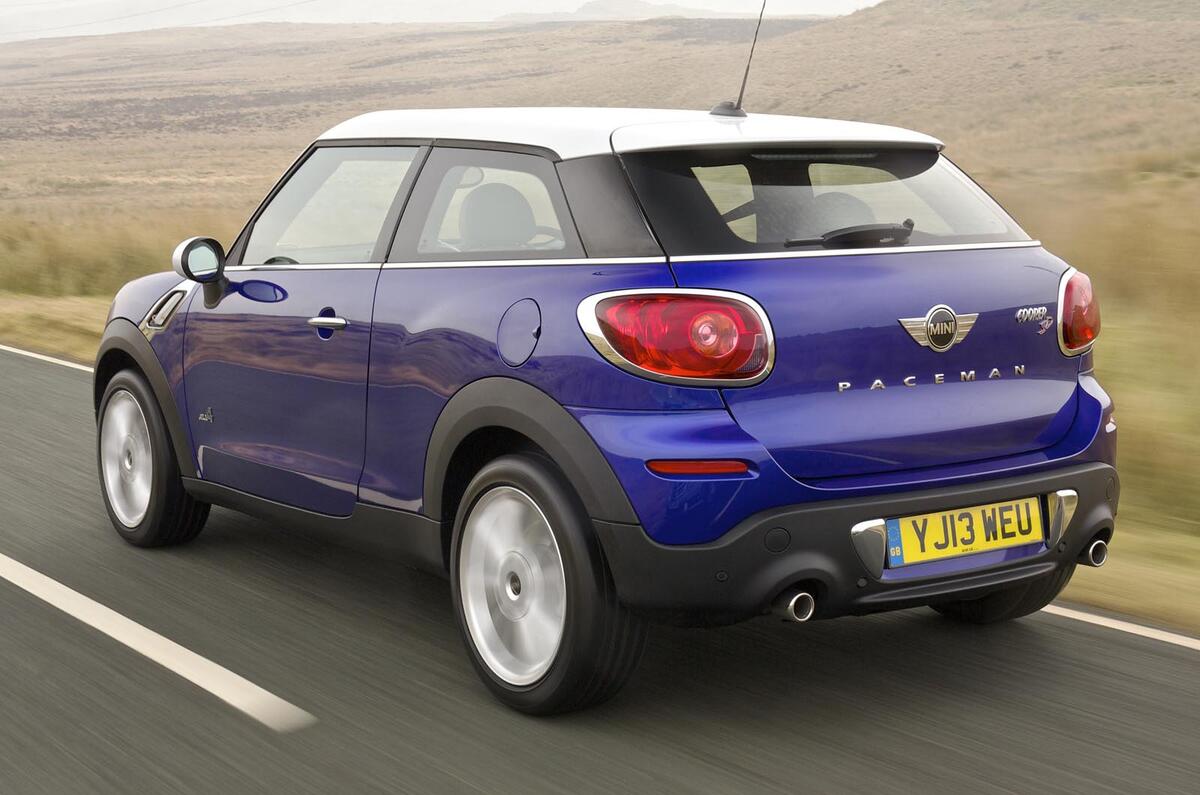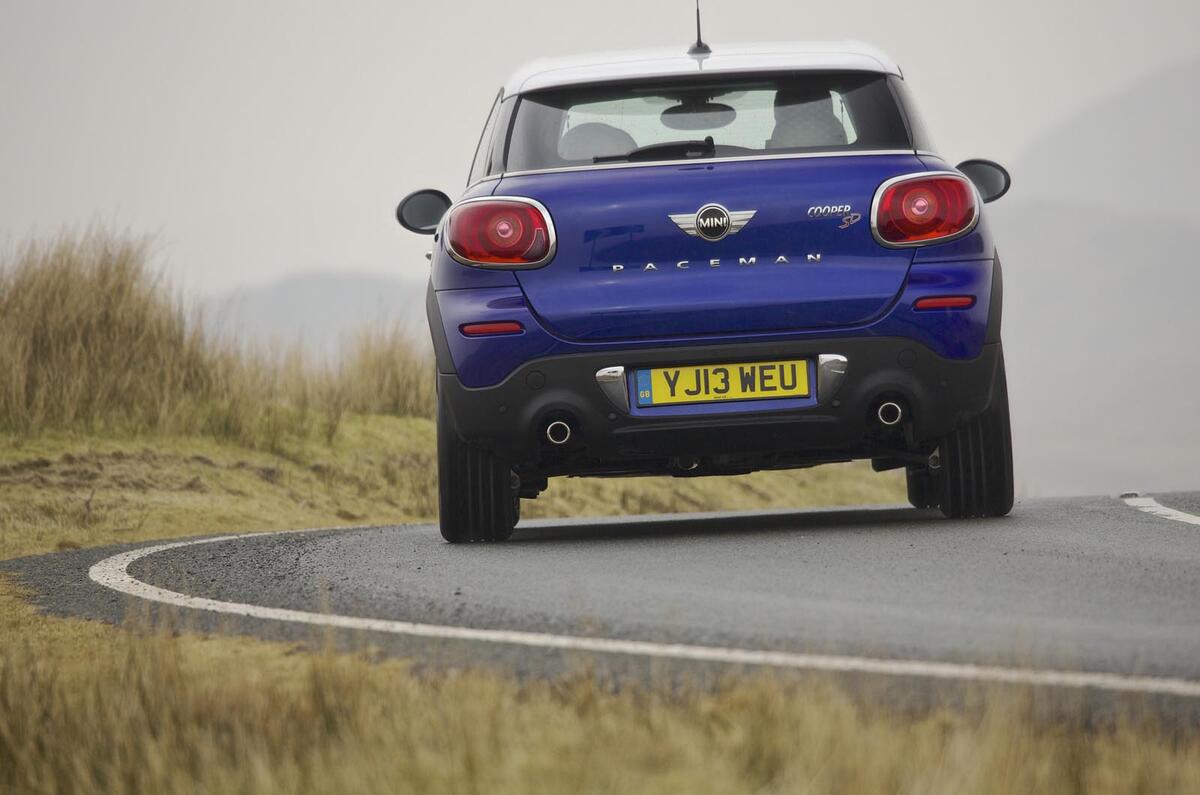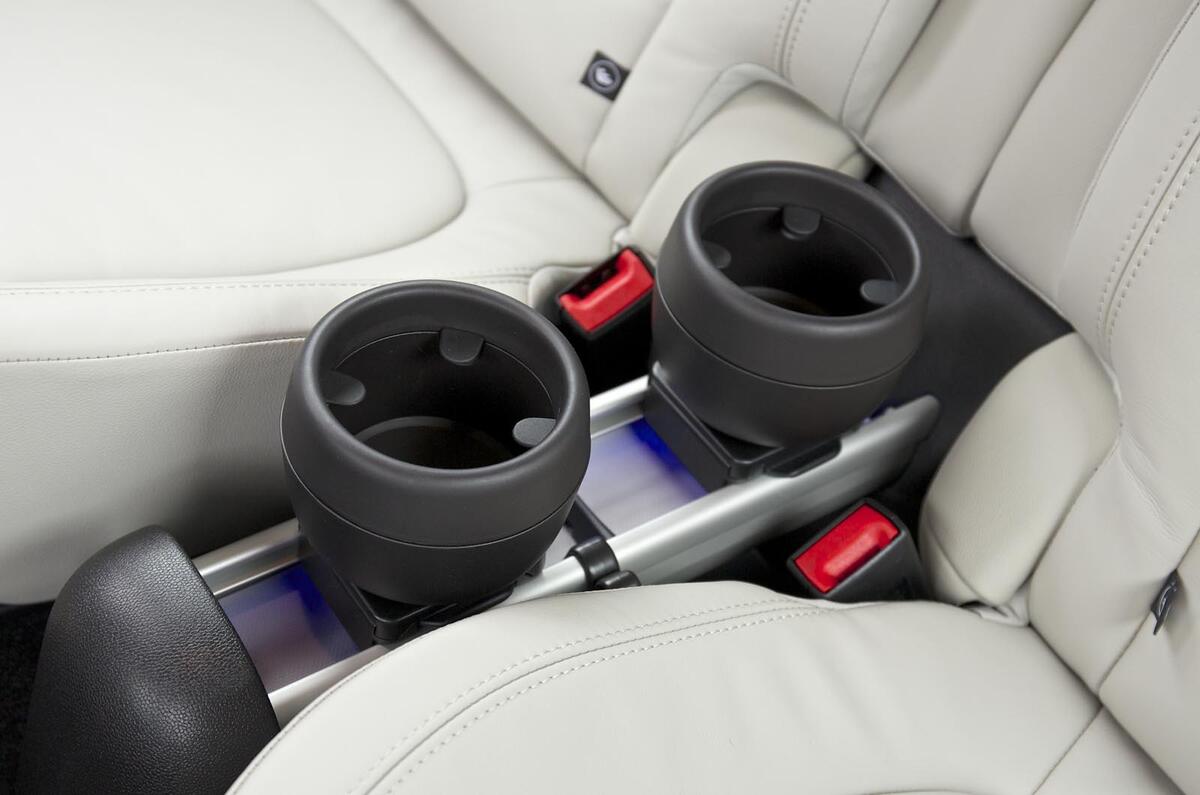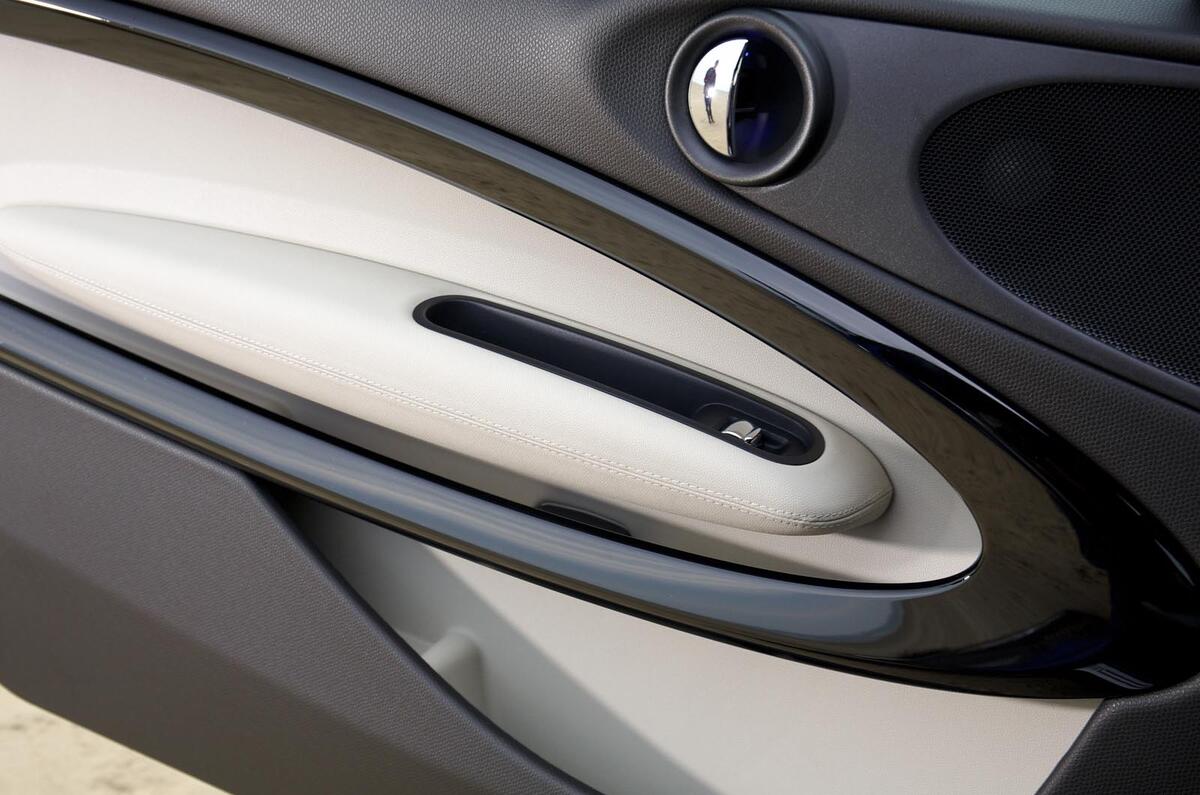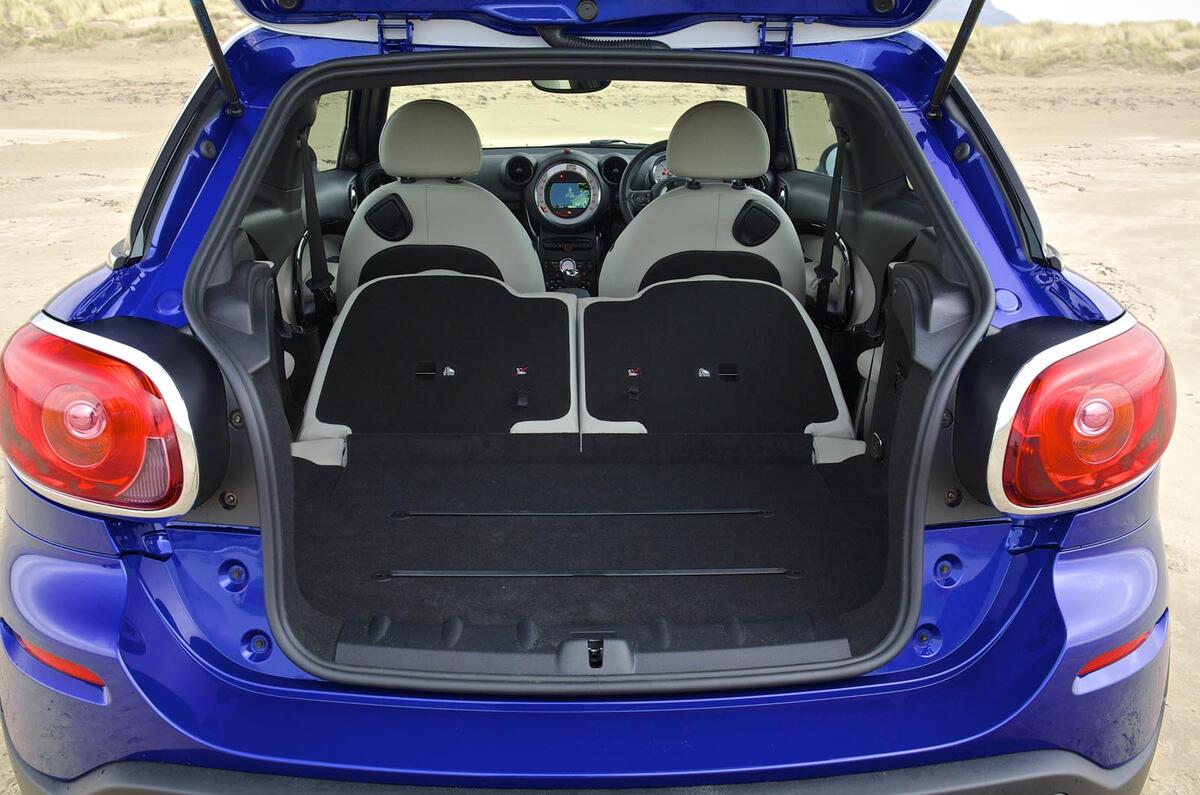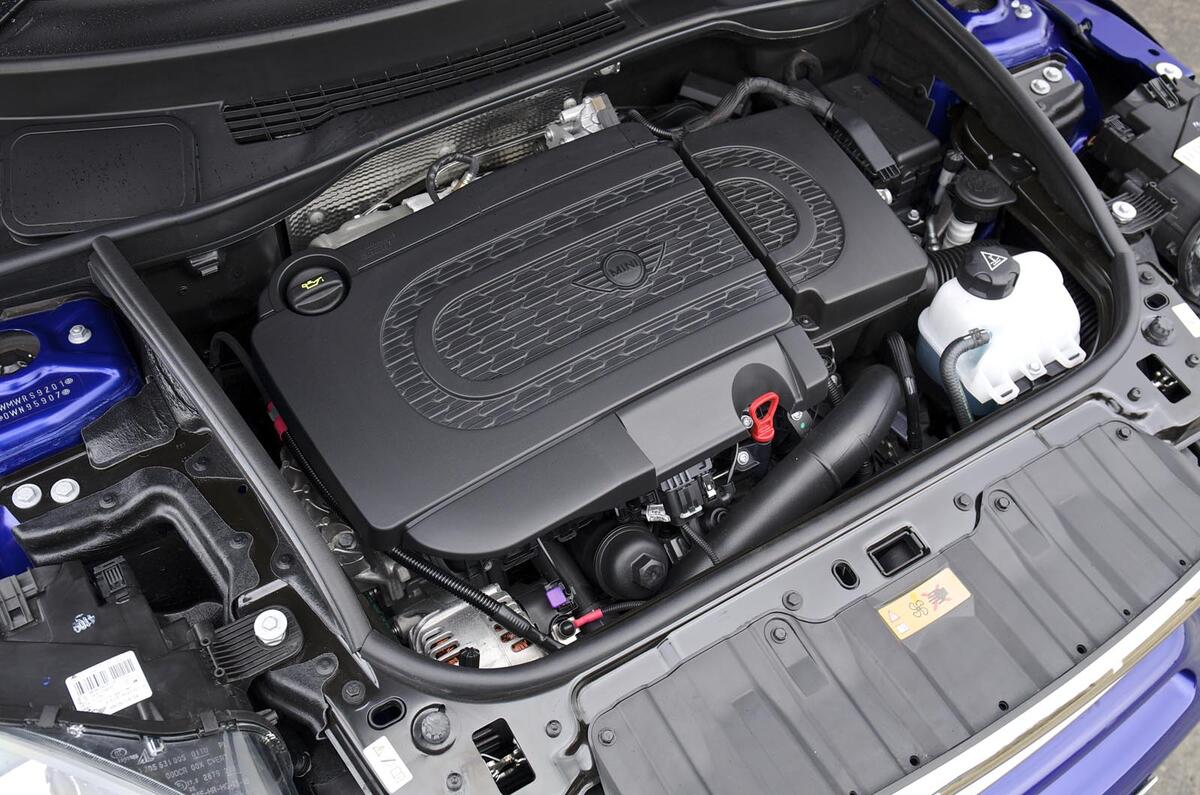You might be surprised to learn that it wasn’t in fact people running away screaming from dealerships after seeing the Mini Paceman that brought about its premature end.
Instead, it was something as boring as BMW Group bosses believing the SUV was positioned too similarly to the Mini Countryman on which it was based.
In hindsight, it seems the Paceman wasn’t cannibalising too many sales: a leading website currently lists around 200 for sale yet 800 Countrymans of the same age. Well, it did have only three doors and four seats.
Is the Paceman really an SUV, then, or is it actually a big hatchback or even, dare we suggest, a coupé? Really, it’s all three: Mini stated that it had the Volkswagen Golf and Volkswagen Scirocco in its crosshairs as well as the Range Rover Evoque. This ‘car for all reasons’ aspect was probably why sales limped along. It didn’t help, either, that the Paceman was around £1000 more expensive than the Countryman – a situation that has reversed on the used market.
You might be wondering why we’re covering this car at all. Well, six years since it was dropped, its quirkiness and scarcity look like attributes to us. Add its sporty handling (blunted a bit by its height and bulk), lower prices, strong engine range and optional four-wheel drive and – who knows? – in years to come, the Paceman may be regarded as a modern classic.
It sat on the same platform as the Countryman but with lowered sports suspension (check carefully, though, as standard suspension was an option). It had cool pumped-up rear haunches. And it had a lower roof yet, thanks to sculpted seats, just 10mm less head room in the rear. Its boot wasn’t much smaller, either, at a still-spacious 330 litres, or 1080 litres when the rear seats were folded away.


